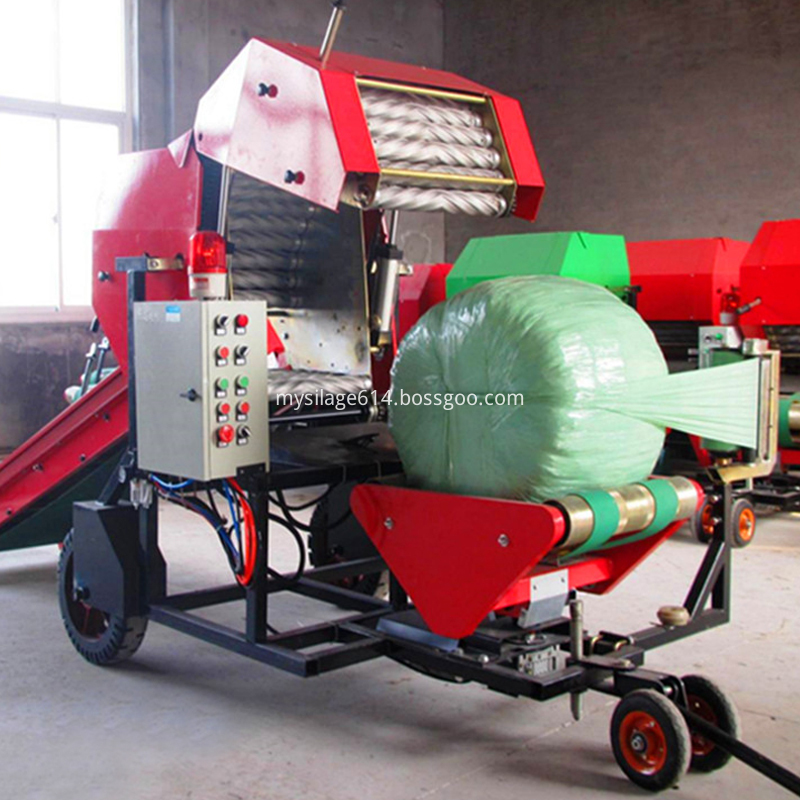Remedial measures after receiving cotton
In the rainy season of the cotton area, there are often various degrees of locust disasters. After the cotton has been devastated, it is lightly lodged and heavy, then it is dead. Buds, flowers, and bells are shed in large numbers, and the main components of production are almost empty. In this regard, effective remedial measures should be taken.
1, help seedlings loose soil. Immediately after the flooded cotton field drains, the fallen cotton plant is straightened, and the soil is stabilized. The plants grow upright, and the ventilation and light transmission conditions of the cotton fields are improved, thereby reducing the losses caused by lodging. After the cotton field is a little dry, the soil is removed in a timely manner to improve the ventilation condition of the soil and promote the normal physiological function of the root system.
2, delaying the heart. After receiving the cotton, through the remedial measures, the growth momentum is relatively large, which can postpone the top-down time by about 7 days to facilitate the benefit of more knotted autumn peaches.
3, more than contend for autumn peach. After the cotton has been affected, the growth period is obviously postponed. Fertilizer should be applied in time to prompt the cotton to return to life. Apply 0.2-5% potassium dihydrogen phosphate and 2% urea mixture solution 50-75 kg per acre, or spray shibao or 5-10 ml foliar spray to 40-50 kg of water. The first foliar spray is sprayed 5-7 days later. After the cotton grows normally, 10-15 kg urea is applied per mu. The loss of potassium from the cotton fields with water should be supplemented with potash fertilizer, applying 10 kg of potassium sulfate per mu or 200-300 kg of plant ash. Through the supplement of fertilizer materials to accelerate the growth and development of cotton, promote early knot, multi-junkie, prevent premature aging.
4, prevention and treatment of pests. Under the influence of cotton, the stamina is relatively sufficient, and the growth is young and young. It is suitable for the occurrence of four generations of cotton bollworm and small bridge pests and cotton leafhoppers. In the middle and late August, attention should be paid to timely prevention and treatment. Where 100 field plots with more than 150 larvae of more than two instars should be treated immediately with pesticides. Control of cotton bollworm can be used 50% cotton boll treasure, 40% A capoxin, 20% methomyl 1500-2000 times liquid spray; prevention of small bridge pests, cotton roll leafhoppers, 40% available monocrotophos 1500 times spray. If rotten bell occurs, it should be promptly sprayed with Bordeaux solution 0.8:0.8:100 800-1000 times solution of carbendazim suspension.
5, chemical ripening. Affected by the late occurrence of cotton, the harvest is mainly due to autumn peaches. Therefore, in early October, choose sunny noon, 10-15 ml per acre with ethephon, 40-50 kilograms of water spray, prompting cotton boll early cracking, fighting for more pre-frost.
For stocking grass and silage, farmers usually use baler machine to make them as round bales.
There're many types bale machines, some big Bale Machine can pack big bales weight about 1ton or more, its packing and delivery all need big machines as it's difficult for human to move.
Big farms with lots of grass usually pack big bales, for small farms, farmers usually pack small bales.
Small bales usually weight 70-90kgs, diemeter about 1m, wrapped with Silage Film 250mm width.
For small farms, small bales are much more suitable for silage stock, and small bale machines are more popular.

Bale Machine
Bale Machine,Silage Bale Machine,Baler For Round Silage Roll,Small Bale Machine For Farm
Zibo Maoyang Industry and Trading Co.,ltd , http://www.mysilage.com